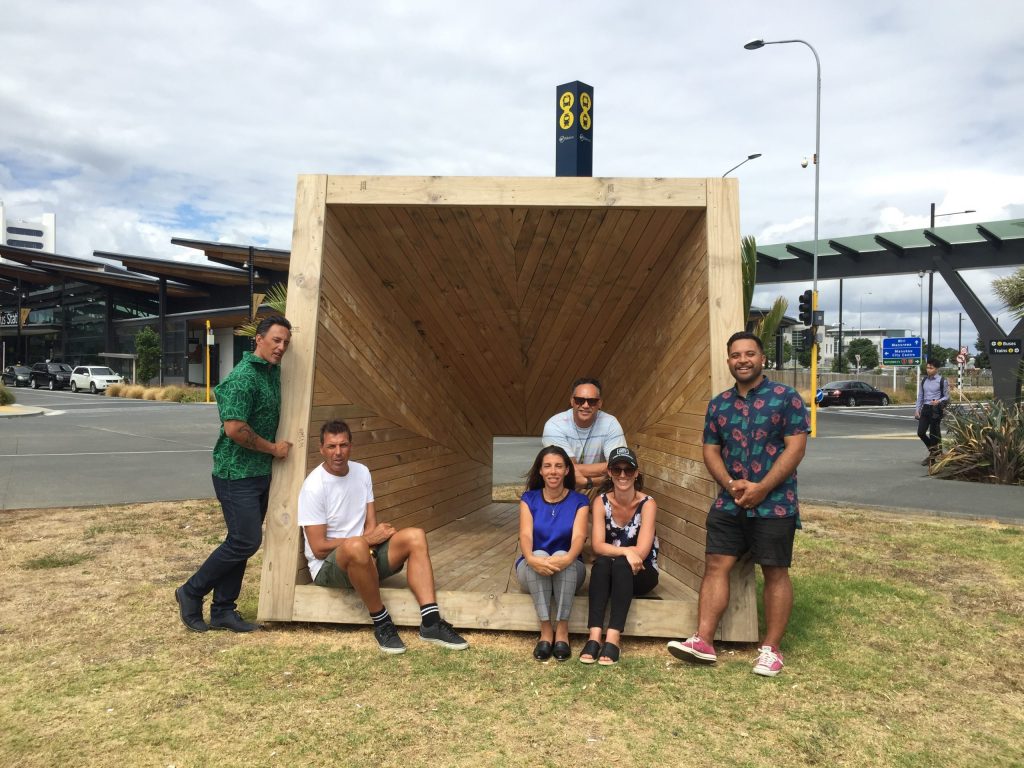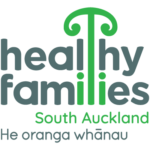
South Auckland is host to nearly 300,000 residents with a relatively large Maori and Polynesian population. The land was once a vast, fertile and prosperous place for Māori. Now it is commonly viewed as one the most marginalised urban areas of Auckland.
For decades the name ‘South Auckland’ has carried negative connotations relating to crime, poverty, violence and poor health.
Healthy Families South Auckland hosted an academic group from Auckland University of Technology that specialises in movement, wellbeing and high performance sport.
They were interested in understanding how Healthy Families South Auckland is integrating indigenous Māori knowledge through design thinking, for better urban health and wellbeing in Manukau.
The group were able to realise the cultural and historical significance of Manukau by getting a view from the top of Totara Park where they could connect to the landscape from maunga to moana.
Healthy Families South Auckland, Lead Systems Innovator, Anaru Ah Kew says,
“Moving beyond the four walls and connecting to the environment is part of the te ao Māori (Māori worldview) approach.
“Understanding we are interconnected with our environment and the state of the ecosystem around us is a reflection of our own wellbeing.

“Our guests had the opportunity to connect on a physical, mental and a wairua level with our korerō on the maunga amidst a cooling breeze, in essence with the well known whakatauki E hoki ki ō maunga. “Kia purea koe e nga hau a Tāwhirimatea – Return to your mountains to be cleansed by the winds of Tāwhirimatea”.
From there the group was able to engage in some of the existing prototypes dropped in the urban ecosystem.
A Manu karangaranga (soundshell) sits outside Manukau Institute of Technology, the design mimics a conch shell. The intention of the prototype is nudging people’s beliefs and perceptions as well creating shifts in the system and the way we utilise green space.
Traditionally Māori had many uses for the conch shell or Pūtātara. It was used as a call to arms in times of warfare, to communicate with Māori Gods or to welcome the dawn of the new day.
Placed in a modern urban environment the Manu karangaranga provides a place of respite from toxic noise. It allows users to engage and connect more closely with the environment. It has also been used to amplify the sounds of nature like you would hear in a forest.
“There is a lot to observe and learn in the ecosystems of the natural environment through a Māori perspective, this is one way we’ve been able to incorporate it into urban design”, says Ah Kew.
Ah Kew believes opportunity lies in connecting to the lived realities of those within the urban fabric to collectively craft solutions to help adapt and thrive in a constantly changing climate and social system towards better health outcomes.
For generations Māori have had an innate understanding that every living and non living thing is interconnected by whakapapa and the environment we live in is integral to the health and wellbeing of its inhabitants.
The collaboration between Healthy Families South Auckland and Auckland University of Technology represents an opportunity to move beyond a business as usual approach, by harnessing te ao Māori to address complex issues around health and wellbeing in a modern urban environment.



